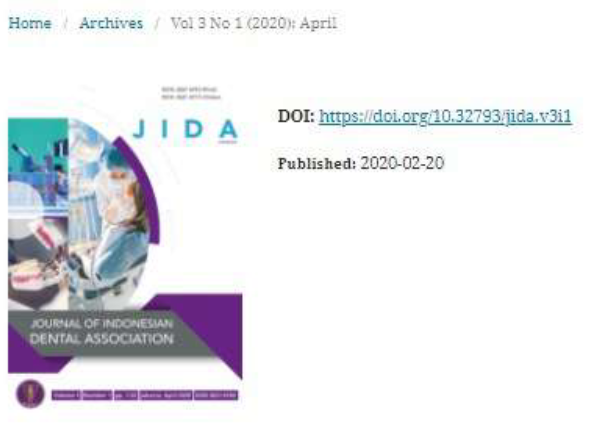
The world’s elderly population is growing faster than other age groups. The World Health Organization states that in 2020, Indonesia’s elderly population will reach 11.34% of the total population, or around 28.8 million people. The increasing number of elderly people can be a challenge for clinicians due to the degenerative changes caused by chronic diseases, treatment of chronic diseases, systemic conditions, and oral health care accessibility. The purpose of this study was to analyze the factors that increase the risk of periodontal disease in the elderly. Over the last few years, a lot of research has focused on identifying the relationship between periodontal disease and systemic disease as well as the link between periodontal disease and aging. Increased age relates directly and proportionally with increased prevalence and severity of periodontal disease. Furthermore, an increase in age causes a decrease in motoric function and an increase in comorbidities and their treatments in the elderly. The aging process causes cementum surface irregularities, inhibition of osteoblast activity, and reduction in the number of fibroblasts. Loss of attachment and alveolar bone resorption was affected by frequent exposure to other risk factors. The risk factors that influence the development of periodontal disease in the elderly include systemic diseases, such as diabetes mellitus and osteoporosis, systemic conditions, such as obesity, metabolic syndrome, and stress, treatment of systemic diseases, and limited access to oral health care. Although the potential link between periodontal disease and systemic disease has been established, the extent of this relationship has not yet been clearly explained. Understanding the factors that influence periodontal disease in the elderly is important because it may provide a better understanding of the treatment. The multiple risk factors that cause periodontal disease in elderly patients require special attention involving multidisciplinary teams.

Oleh :
Abdul Gani Soulissa